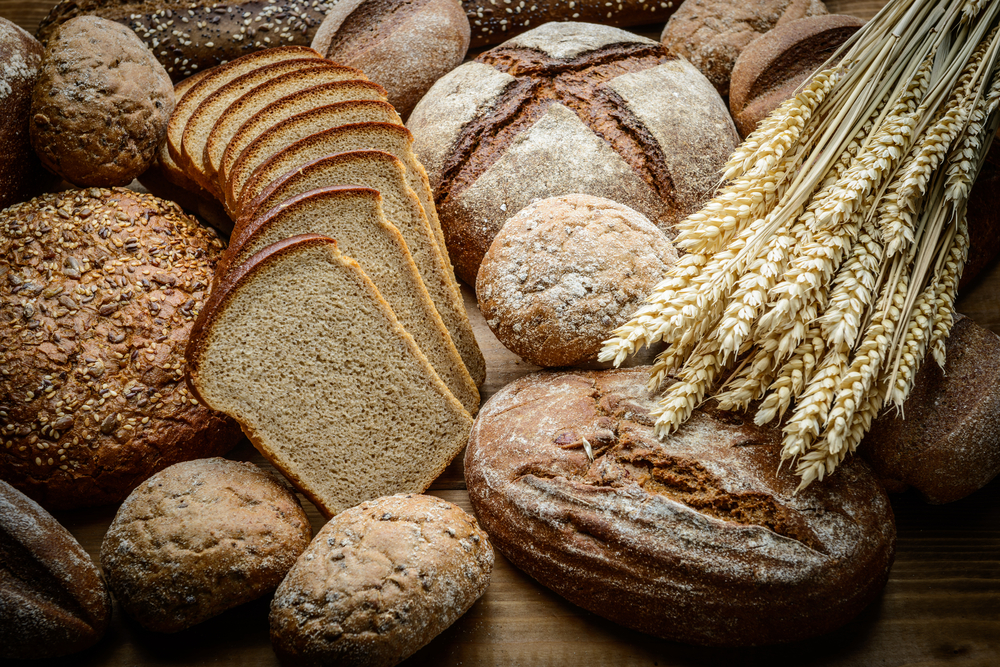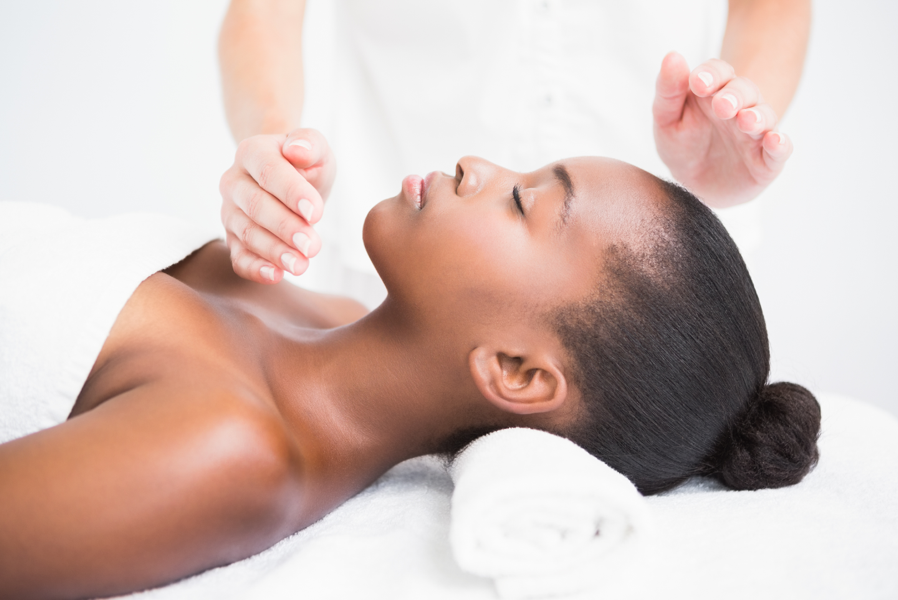What’s Love Got to Do with It? How Your Love Life Affects Your Health
Great Love Life = Healthy Life! Have you ever wondered if love can affect your personal health and well being? The answer is "Yes!" Studies have shown that a relationship with a balanced foundation and a strong healthy partnership helps us avoid illness, pursue healthier habits and live a longer happier life. Unhealthy relationships are breeding grounds of stress, causing our immune system to weaken. There are so many contributing factors to consider when it comes to our love life and health. The behavior we conduct with each other, as well as habits we may pass on, are factors to consider. Whether you happen to be dating casually, hooking up, in an open relationship or married monogamously, keep in mind there are ways that your romantic bonds may influence your mind and body: Weight Gain It is a common belief that couples "let themselves go" after settling down with a partner. According to a 2012 review, people do tend to put on weight as they settle into marriage and loose weight when a marriage or partnership ends. Other studies have shown quite the opposite. A couple that is genuinely happy can motivate each other to stay healthy and fit. They can go to the gym together, set goals and take responsibility for each other as a unit. When couples do pack on the pounds, it may be a symptom of conflict in the relationship. Dissatisfaction in our love life can lead to passive-aggressive eating habits and sleep problems, which can contribute to weight gain. Stress One of the best stress reducers is, you guessed it, sex! Physical intimacy helps reduce stress as well as boost overall well being. Sex is an important aspect in your relationship. However, your significant other's behavior outside the bedroom can easily send your stress level to the moon and back. Stressful behavior most commonly pertains to parenting disputes, disagreements over finances and chores in the household, all increasing your stress level. Hormone Levels University of North Carolina researchers found that men and women had higher amounts of our body's natural feel-good hormone called oxytocin after being physically touched such as by hugging or kissing. Women surprisingly had lower blood pressure and stress hormone cortisol post-hug. These kind gestures are more important than we know. A touch on the arm, holding hands or a soft touch to the shoulder all take a mere few seconds to stimulate our oxytocin levels that help overcome daily stress and anxiety. Love is a powerful thing working in mysterious ways. Evaluating your love life is definitely something to pay closer attention to for a healthier, longer life. Sources for this article include: http://longevity.about.com http://www.foxnews.com http://makeufits.com https://www.naturalnews.com



